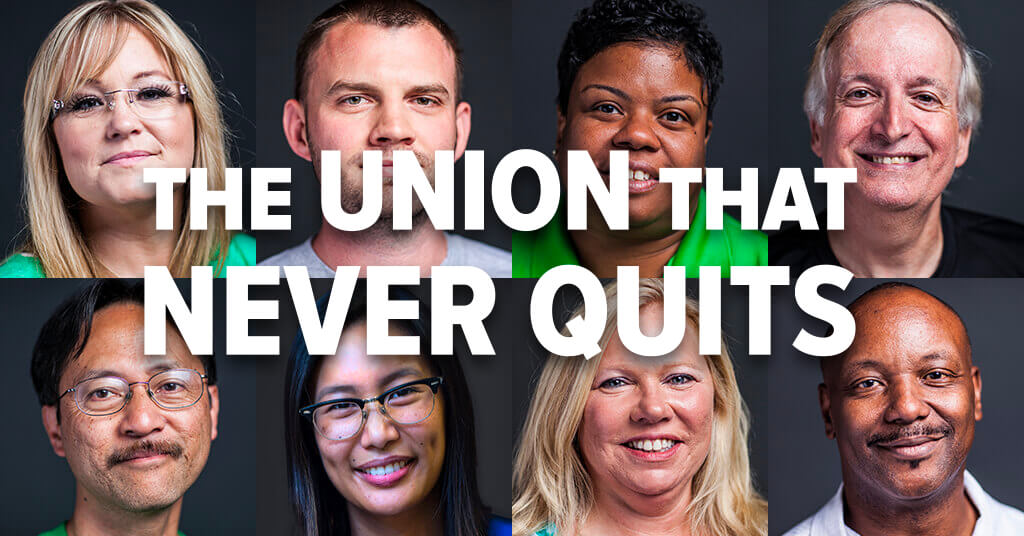About Us
We Are AFSCME
AFSCME is nurses. Corrections officers. Child care providers. EMTs. Sanitation workers. School bus drivers. Civil engineers. More than a million people doing hundreds of different jobs, all with one thing in common: a dedication to making our communities stronger, healthier, and safer.
Public service isn’t just a job: it’s a calling. And the work of people in public service deserves respect. That’s why we stand together in AFSCME to advocate for fairness in the workplace, safety on the job, fair wages, good benefits, a secure retirement, and excellence in public services.
How AFSCME Works
AFSCME has approximately 3,400 local unions and 58 councils and affiliates in 46 states, the District of Columbia and Puerto Rico. Every local writes its own constitution, designs its own structure, elects its own officers and sets its own dues.
The International Union, based in Washington, D.C., coordinates the union’s actions on major national issues such as privatization, fair taxes and health care. The International also provides resources to councils and local unions for organizing, bargaining, political action and education, and administers members-only benefits. Every two years, delegates to AFSCME’s International Convention decide on the union’s basic policies. Every four years they elect the International Union’s President, Secretary-Treasurer and 35 regional vice presidents.
AFSCME: The Union That Never Quits
What is AFSCME all about? How does this union operate? How does it fight for public service workers everywhere?

